Issue 21 Flipbook
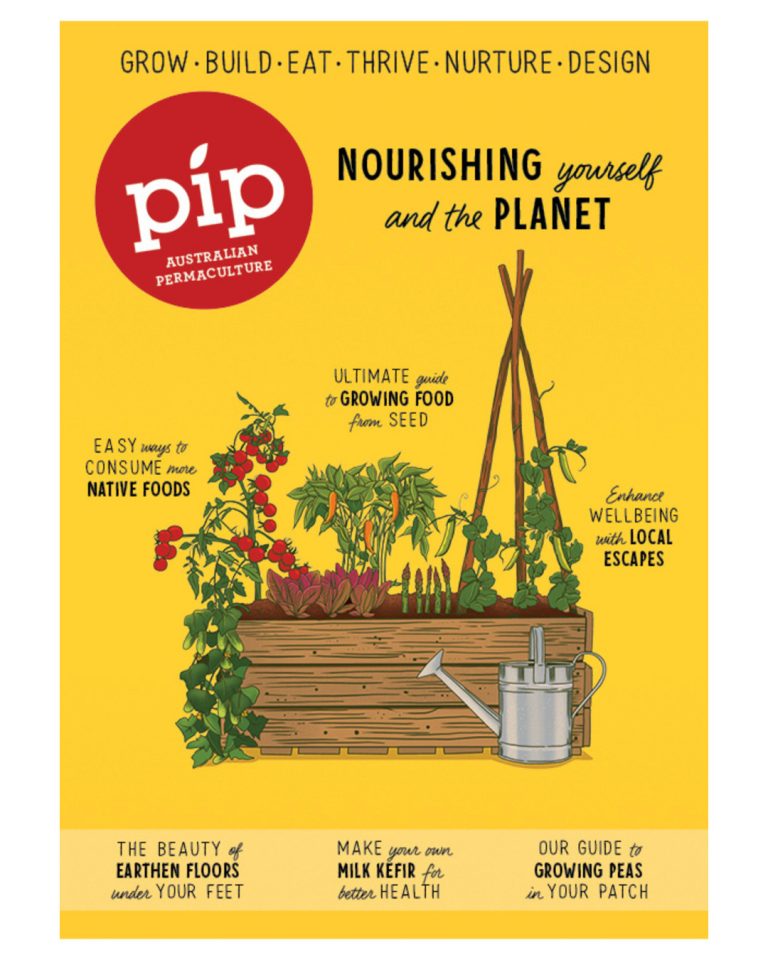
Read issue 21 as a flipbook

Read issue 21 as a flipbook

Our kids’ patch winners for this issue are Harvey and Clancy Howe from Palm Beach in Queensland, you’ve won a packet of permaculture action cards by Brenna Quinlan and Charlie Mgee.
Next issue we’ve got the 2021 book Bee Detectives to give away. Written by Vanessa Ryan-Rendall and illustrated by Brenna Quinlan, it’s for any aspiring bee detective who wants to learn how to attract native bees to their backyard.
Howard, Queensland
Name
Jarvis Pohlmann
How old are you?
I’m ten years old.
Where do you live?
I live on Terra Tribe Farm, it’s 12.5 acres of land on the Burrum River and near the rural town of Howard on the Fraser Coast in Queensland.

Even if you think you know a lot about soil, by reading Matthew Evans’ tome on the good dirt you are guaranteed to find out more. Starting with a history of how the earth formed and created the soils we grow our food in, Soil proceeds to explain just how much we have neglected, over-ploughed, over-grazed and depleted the earth’s thin layer of topsoil that keeps us alive.
Not all doom and gloom, the book also imparts plenty of positive ways we can all contribute to a healthy, functioning microbial soil life. It explains how we should use weeds as indicator of soil health, the benefits of biochar and why practices like biodynamics, holistic management and regenerative farming can make a real difference.
What Matthew brings to light in his conversational manner is that every one of us should be thinking more about soils. Because what we do in our backyards, on our farms and in our food choices matters. While we can’t see what goes on in the ground, knowing what is happening in this intricate web of life is crucial for our own survival.
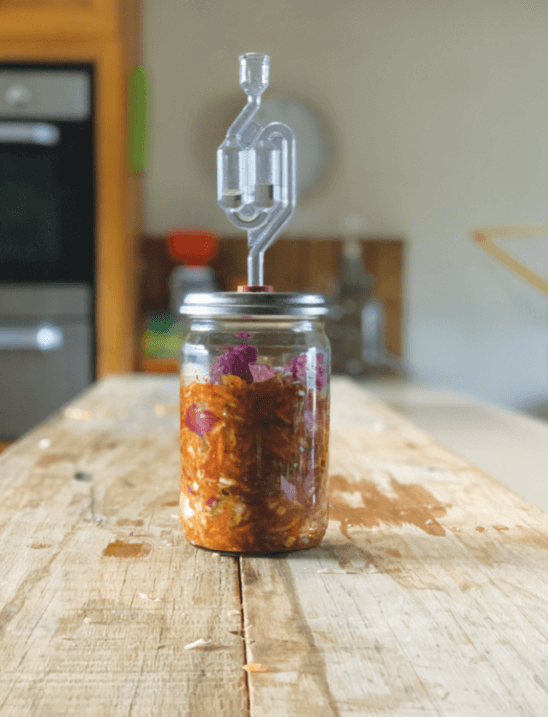
The idea of something bubbling away on your bench and the potential for it to go wrong can be daunting to those new to fermentation, but these affordable kits from The Fermentary take the guesswork out of both the equipment and the process.
The Kimchi kit is one of three in the Ferment Your Own range of kits and comes with a one-litre Fowlers glass jar, a rubber seal, a plastic air lock and an appropriate stainless-steel lid it can fit into. There’s a bar clip to hold the lid down, as well as a plastic lid for when the fermenting process is finished and you want to store it in the same jar.
To produce the kits, The Fermentary has teamed up with Fowlers Vacola, arguably the most well-known brand when it comes to preserving, so you immediately know the quality is good. As well as the hardware, the kit comes with 50 grams of Mt Zero Pink Lake salt, a recipe card and a packet of Gonchugaru, the Korean chilli flakes which gives kimchi its trademark spice.
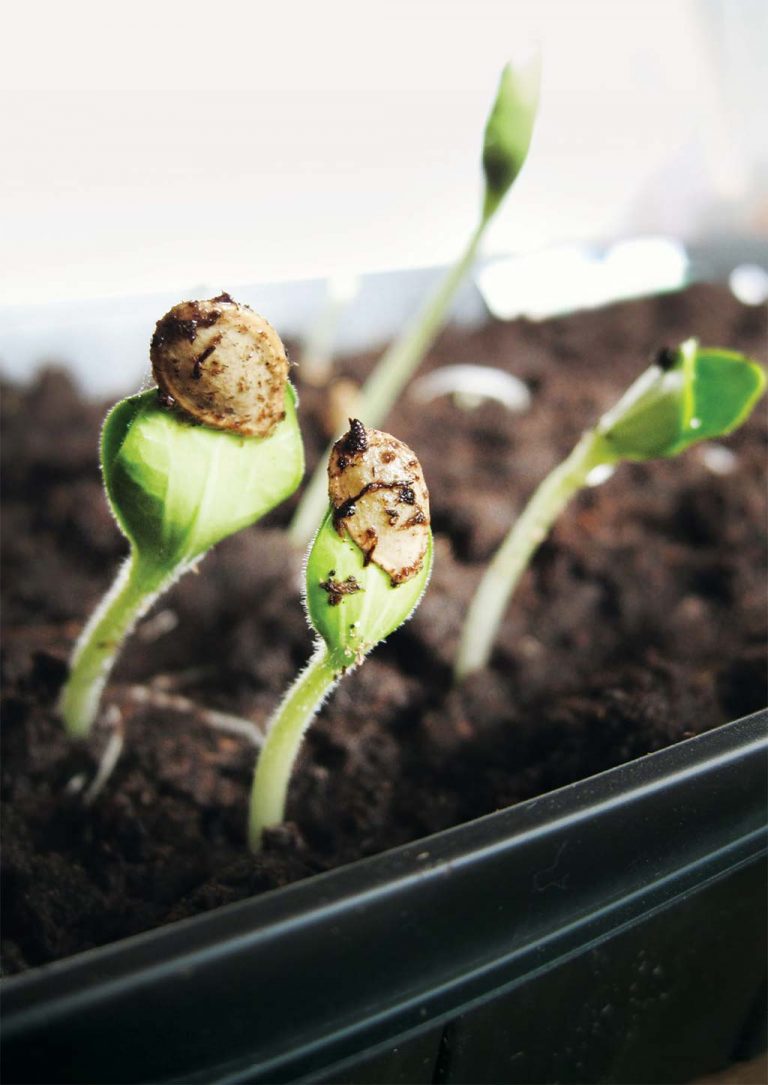
Growing your own food from such a tiny seed can be really empowering, but many people find it challenging. Successful germination is about providing the right environment for particular seeds to flourish. And once you get the hang of it, a whole world of new varieties will open up to you.
There are so many reasons why growing your own plants from seed is better than commercially available seedlings. For the small cost of a seed packet, you can grow a huge amount of food. The number of varieties which become available to you increases enormously and, if you go one step further and save the seed from plants which have acclimatised to your individual conditions, you’ll produce plants which are healthier and more robust than anything you can buy off the shelf.

Homemade laundry detergents are more sustainable, better for your health and significantly less expensive than store-bought options.
Not surprisingly, commercially available laundry products aim to do two things well in order to attract returning customers. They’re designed to get your clothes as clean as possible as efficiently as possible, and they’re two results many of us are well accustomed to paying a premium price for.
To produce the best results in a way deemed efficient by consumers, that is with the least amount of powdered or liquid detergent, often means a cocktail of harsh chemicals. These are not only harmful to our waterways and the environment, they can be harmful to humans, too.
A really common ingredient in commercial laundry products is sodium laureth sulphate/sodium laurel ether sulphate (SLS and SLES) compounds which lower the surface tension between a liquid and a solid, therefore loosening dirt and stains from the fabrics you’re washing. But because SLS/SLES were initially designed as industrial degreasers, they also strip the oils from your skin which can cause irritations and allergies.
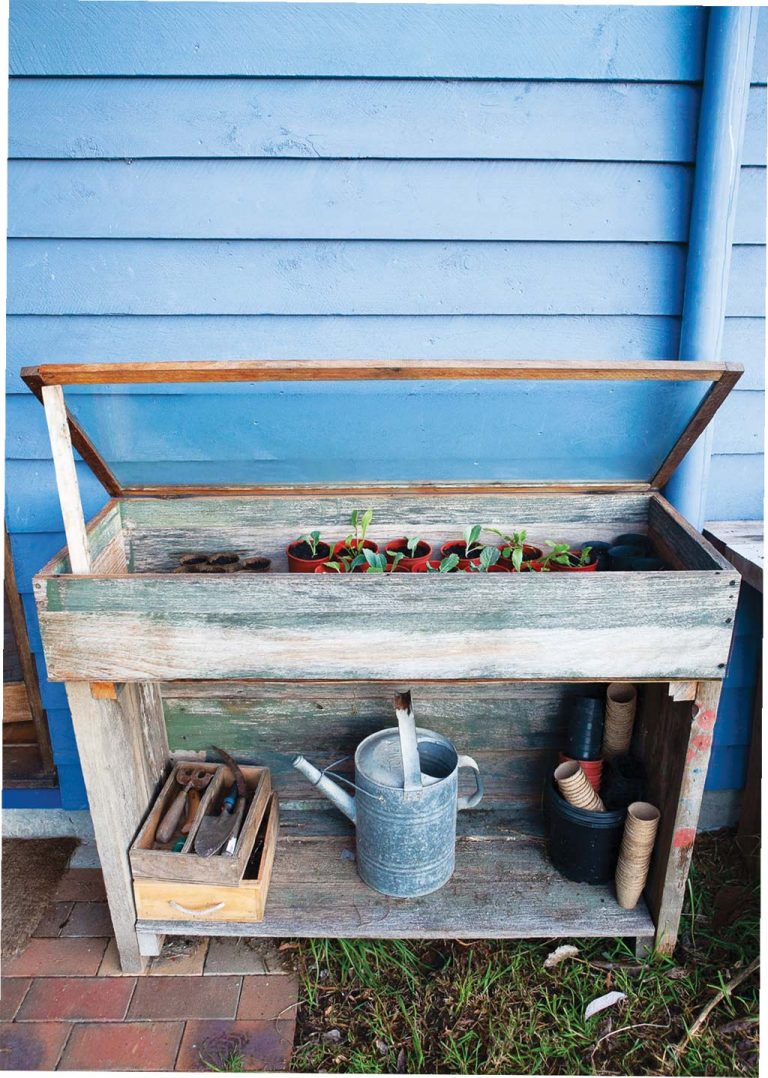
Successful seed germination requires three important things: warmth, light and moisture. With some recycled timber, you can create the perfect seed-raising environment.
As we wait for the soil to warm up this time of year, there are many places around our homes well suited to raising seeds for spring planting. The goal is finding a place which is nice and warm to promote germination and protect your young seedlings from the elements, but still with plenty of light to guide the new shoots to the surface.
A sunny indoor windowsill offers both warmth and natural light, but it’s when we start adding the third important element – water – that raising seeds indoors all of a sudden becomes a little less appealing. There are many commercially available outdoor options, but with a little bit of nous and some recycled materials, you can make a seed-raising box perfectly suited to your needs.
It doesn’t matter what you use as your lid, as long as it’s transparent enough to allow plenty of light in, while being airtight enough to trap the warm air beneath it. Because it’s likely to be the most difficult piece to source, decide on what you’re going to use as your lid and work backwards to make the rest of the structure fit its size.
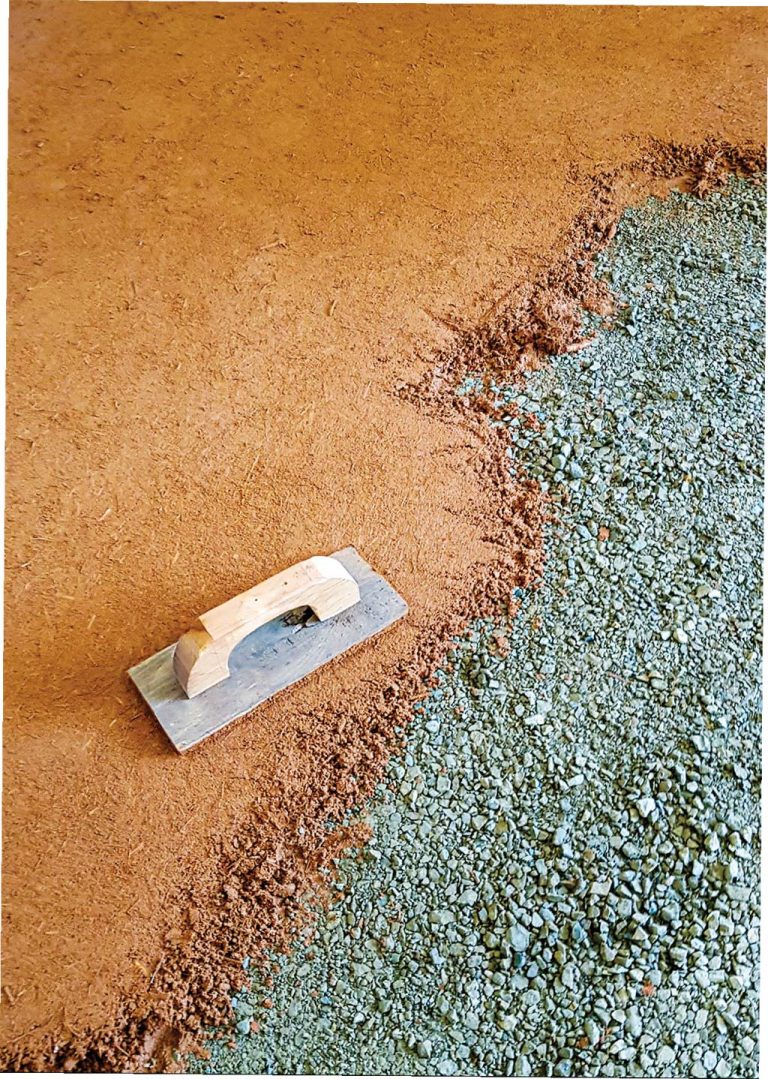
Earthen floors have been used in buildings for thousands of years. As well as an effective way to passively heat and cool your home, they’re aesthetically beautiful, kind to the environment and delightful to walk on.
It’s estimated between ten and 30 percent of the world’s population still live in earthen structures. Earthen floors range from bare and dusty earth all the way through to perfectly levelled modern versions with a gloss finish.
Earthen floors connect you to the natural environment and can be used in most construction situations that would otherwise call for a concrete slab. There are three main reasons you’d consider one in your home; an earthen floor’s response to passive solar design, their positive environmental impact and their numerous health benefits for the home’s inhabitants.
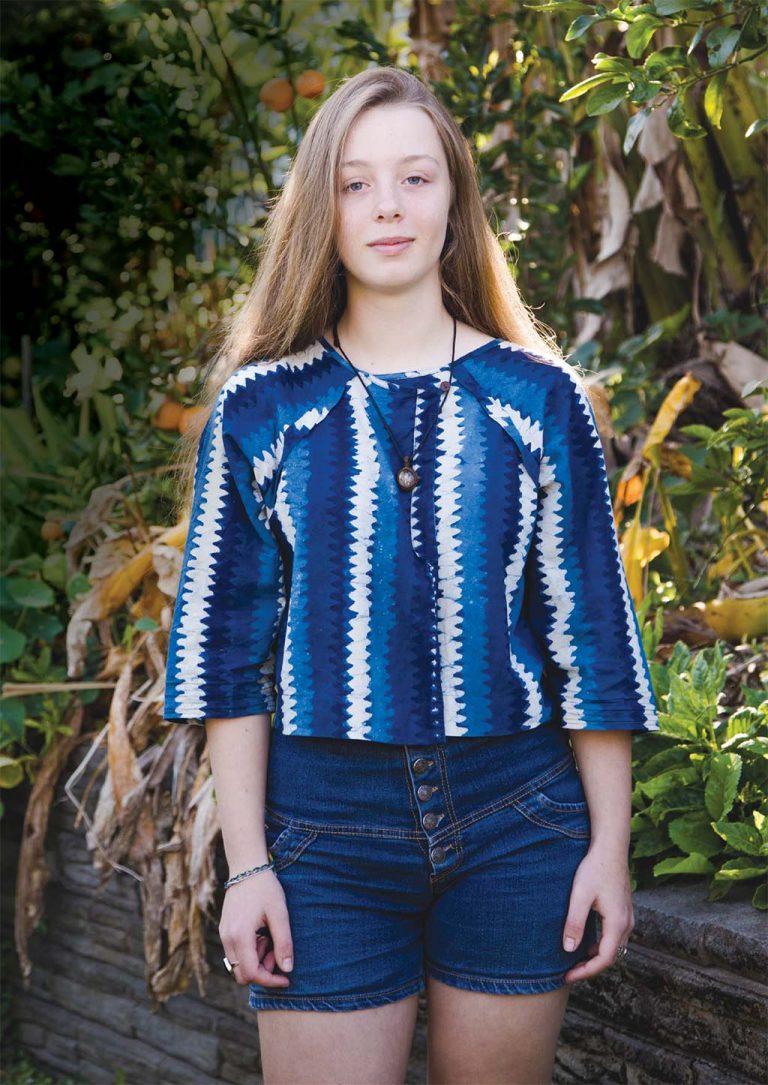
A teenager who’s more interested in social justice than social media is a rare and great thing, but having the confidence and backing to turn that interest into real and positive change is something else altogether.
Fifteen-year-old Maia Raymond isn’t your average teenager. As the eldest child of permaculture educator Morag Gamble and a resident of Crystal Waters ecovillage, Maia has been gifted with firsthand permaculture experience most adults spend decades trying to obtain. With a Permaculture Design Course completed at the age of 12, and a network of well-connected contacts, Maia is making the most of her experience to forge her own world-changing path. And it begins with the youth.
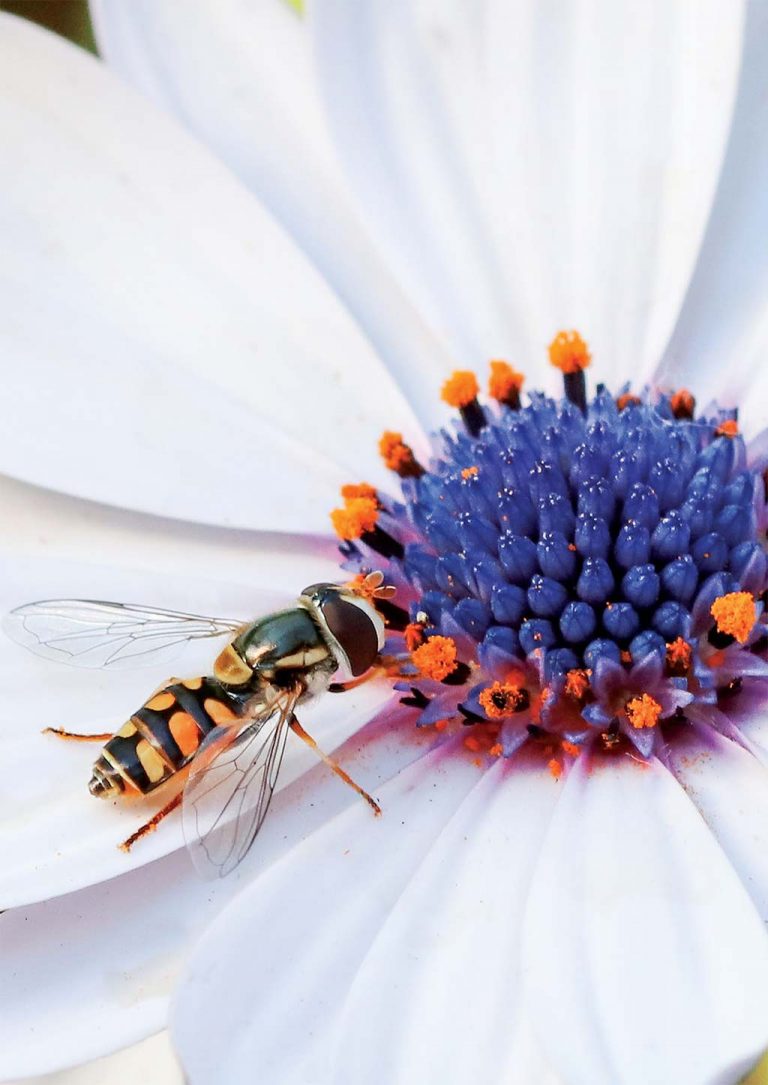
Working smarter, not harder is a good way to create a resilient, high-yielding garden. And simple observation is the stepping stone for smart design.
To observe and interact is the first of David Holmgren’s 12 permaculture principles and arguably the most significant. It’s nearly impossible to create a resilient permaculture system without careful observation. Nature is a living, breathing ecosystem and the only way to truly understand it is to get out there and immerse yourself in it. Permaculture educators Angelo Eliades and Kat Lavers share their insights on how observing and interacting with their backyards over the years has led to the success of their renowned permaculture systems.